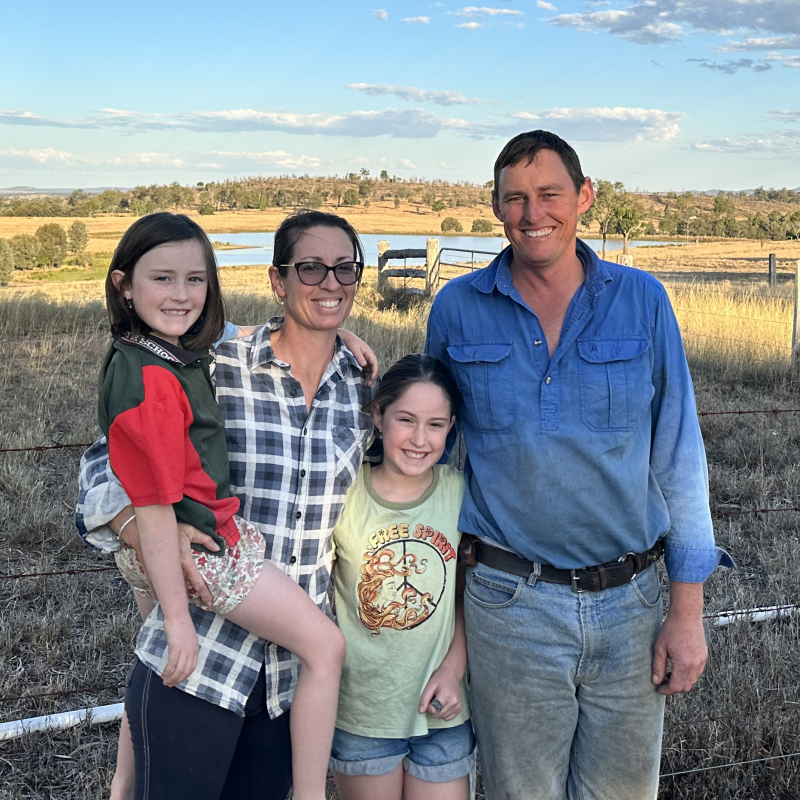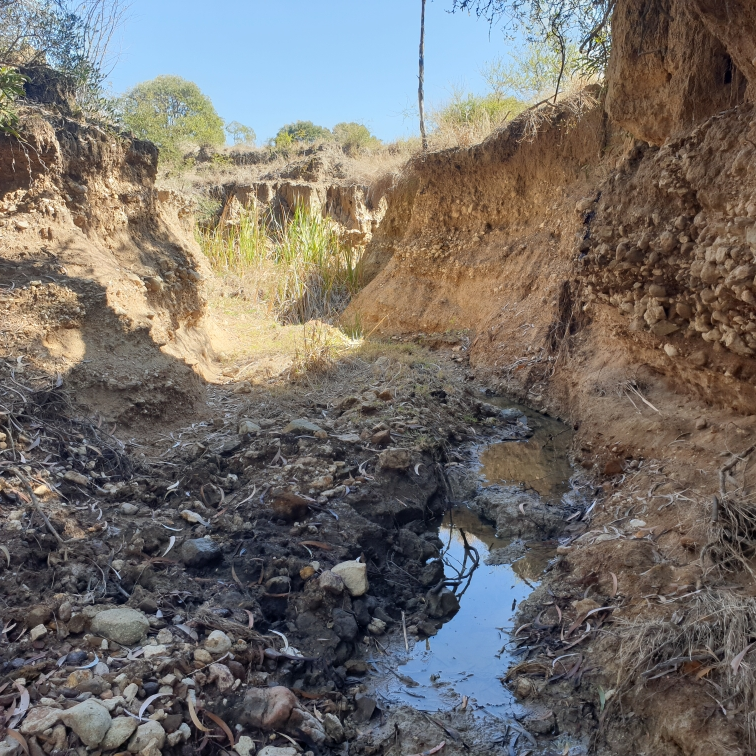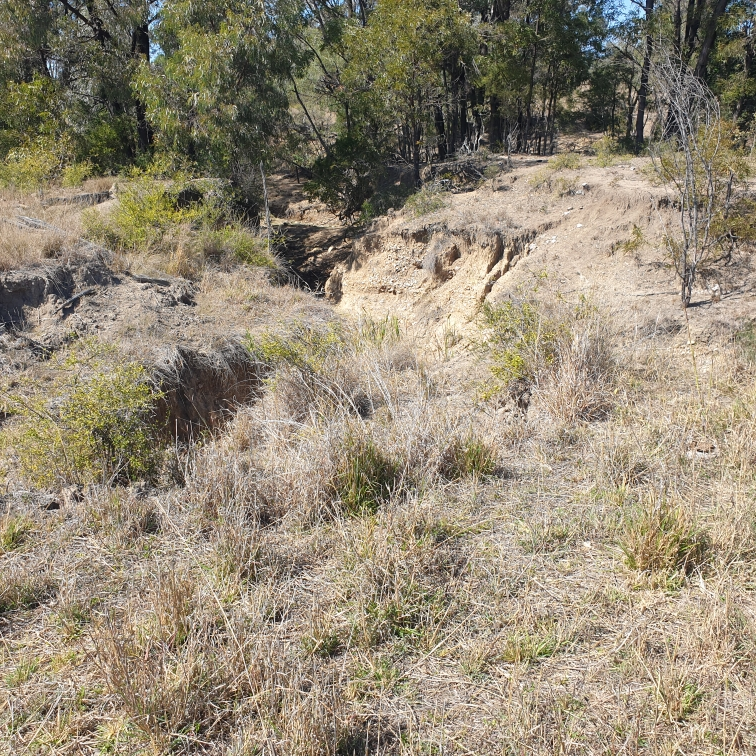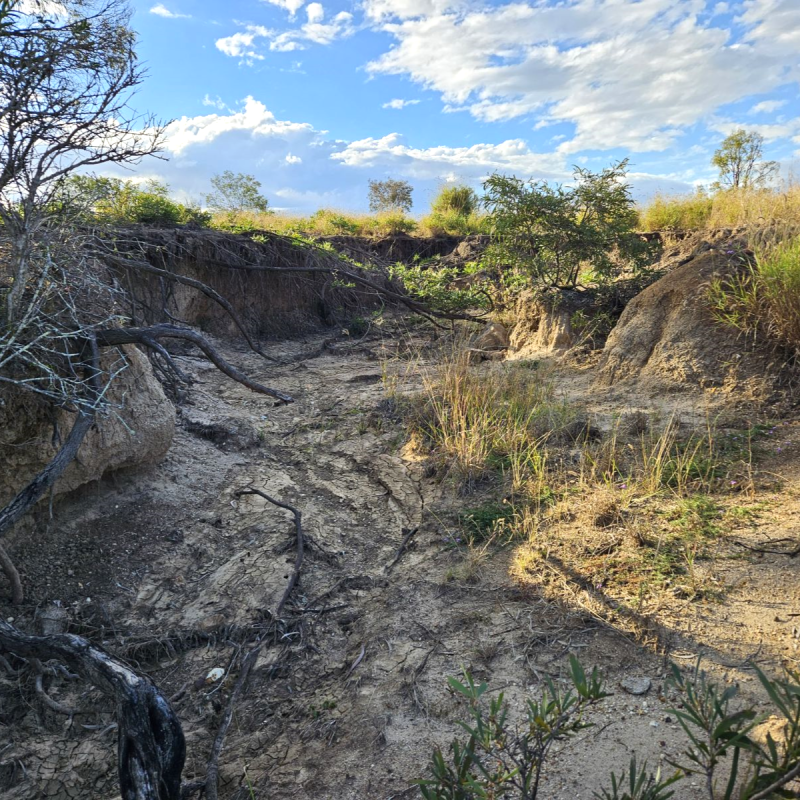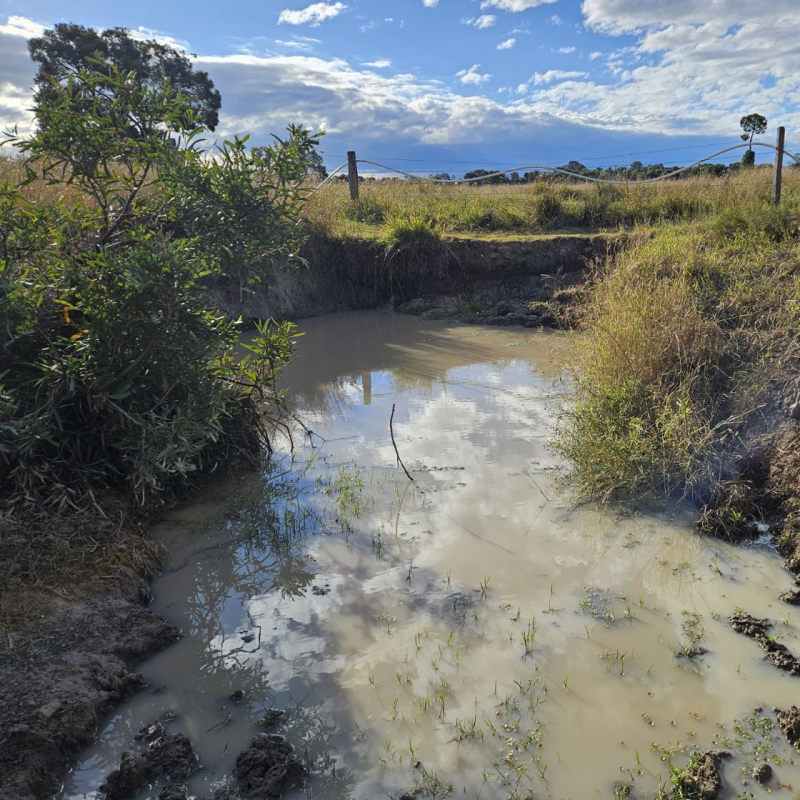Flood management plans help producers build resilience
For primary producers, it’s an age-old problem: protecting their property – their very livelihood – from the ravages of natural disasters.
And it's an issue North Burnett primary producers Brenten and Virginia Lowe are all too familiar with.
The Lowes were severely impacted by a series of extreme rain events between November 2021 and October 2022, including a 140mm downpour in just 40 minutes during March 2022.
Their 276ha farm at Beeron near Mundubbera, which features sheep, cattle and chickens, was hit hard.
Flooding caused heavy erosion, damage to fencing, and the loss of 45 sheep.
Many primary producers across south-east Queensland suffered similar losses.
In response to the natural disasters the Australian and Queensland Governments launched a joint initiative, the Industry Recovery and Resilience Officer (IRRO) program, to support primary producers in the 22 local government areas impacted by the events.
IRROs have since played a crucial role in a free program run by local natural resource body the Burnett Mary Regional Group (BMRG) to help primary producers build resilience to future extreme rainfall and flooding.
As part of the program, IRROs have helped producers like the Lowes develop a flood management plan for their property.
The plan outlines potential actions to prevent, prepare, respond and recover in relation to heavy rainfall events.
Practical actions are identified, such as pumping all stored water in lower-altitude dams up to higher landscape storage, redesigning fences, and implementing vegetation contours 10 metres apart in elevation to slow water flow.
The Lowes believe having a flood management plan will assist them with water management and to reduce the impact of severe rain in the future.
“Going forward, water management is going to be a huge thing, and also resilience to maintain a profitable enterprise,” Brenten said.
“It comes down to dollars and cents, but we’ll look at installing a larger water storage facility high on the landscape to get our water stored up there and then reticulated to our livestock.”
BMRG Industry Recovery and Resilience Officer Virginia Kelleher said having a flood management plan would help producers future-proof their properties.
“We're able to help landholders with planning improvements in areas such as infrastructure, ground cover, rotational grazing, soil health, landscape hydration, and being rain ready for wet seasons to harvest water,” Virginia said.
“We will come out to your property and complete a flood management plan, and run through support services, including grants and funding opportunities, available to eligible primary producers.”
The IRRO program is jointly funded by the Australian and Queensland Governments under the Disaster Recovery Funding Arrangements (DRFA) and helps eligible primary producers impacted by the significant flooding and rainfall events of 2021-22 access funding, resources, and management planning.
